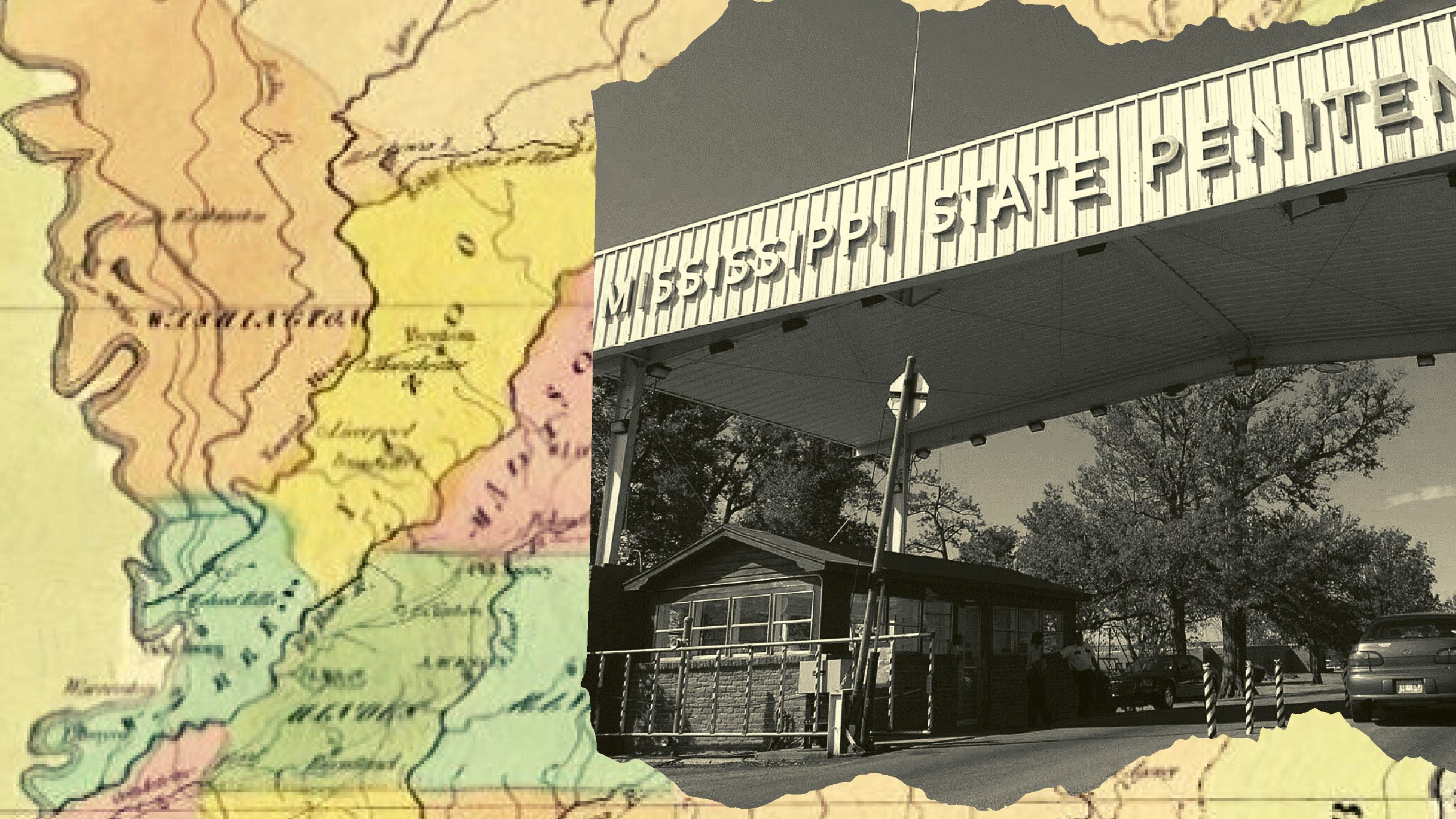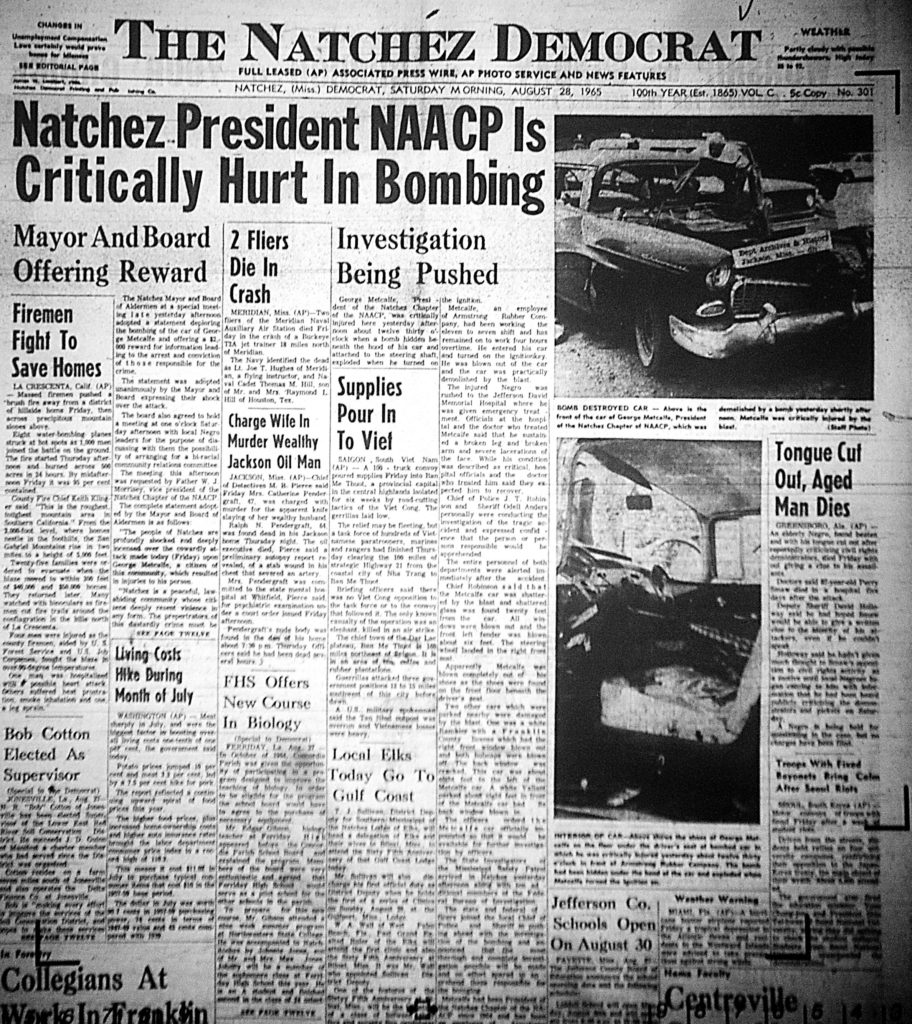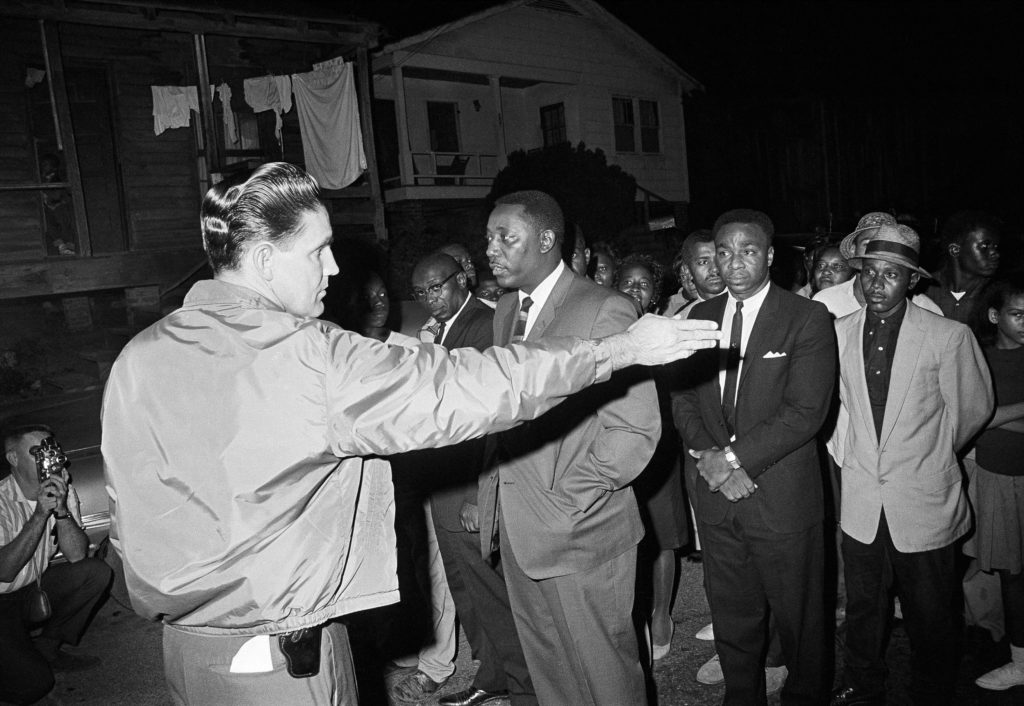
The Mississippi State Penitentiary in Sunflower County—better known as Parchman Farm—has been much in the news lately. In late 2019, overcrowding, inhumane conditions, and internal corruption at Parchman led to the violent deaths of thirteen inmates. Almost immediately, state officials were lambasted for their handling of the affair, including their support of millions of dollars of budget cuts to the correctional system that could have prevented such a tragedy.
Yet for many observers of these events, one of the saddest aspects of this story was how unsurprising it was. In the heart of the Deep South, sometimes it seems that the old adage is especially true: the more things change, the more they stay the same.
Reflecting on this story brings us to another incident in the Magnolia State’s history featuring Parchman Farm, hardly a dignified institution like some others we’ve explored. Founded in 1905, built with convict labor, and operating as a working farm staffed by thousands of inmates, the longstanding suffering found at Parchman casts a long shadow over Mississippi’s efforts to break free of its Jim Crow past. So when 150 innocent civil rights activists were arrested and sent there without cause in 1965, one can only imagine the shock and the horror that they felt.

In their book The Parchman Ordeal: 1965 Natchez Civil Rights Injustice, authors G. Mark LaFrancis, Robert Morgan, and Darrell White—a Mississippi-based team of historians, activists, and documentarians—tell the story of that fateful experience for the first time. Largely obscured from public memory in the wake of so many other events of that turbulent year, these activists’ harrowing story now enters the historical record.

The March That Led to Parchman Prison
How they ended up there is due to, sadly, a classic confrontation of the era. Members of The Silver Dollar Club, a breakaway racist sect in Natchez even more bigoted than the Klan (if that’s even possible), had car-bombed George Metcalfe, local NAACP president, nearly killing him. Galvanized by the attack, the African-American community rallied together to march against city officials’ handling not just of this particular crime but of mistreatment and institutional racism generally, a march that—unsurprisingly—those same city officials quickly declared was illegal.

The marchers gathered at local Baptist churches outside of Natchez. Charles Evers—brother of slain Jackson civil rights leader Medgar Evers and leader of the march—led the assembled, calling for solidarity, peacefulness, and nonviolence towards white authorities as they marched to City Hall. But from the moment they opened the church doors, it became clear that they would never reach their destination: local law enforcement was waiting right outside to transport them all to the Natchez City Auditorium, where eventually over 700 marchers, the vast majority of them young, would spend an anxious, fearful weekend locked inside.
Some of the activists were sent to local jails, and others were later released on misdemeanors. But then came the buses—the buses headed north to Parchman Farm.

What happened on the long ride up to Sunflower County, and what happened during the days those 150 activists were detained at Parchman Farm is best reserved for those activists’ own words, and thankfully, their accounts now have a home. Part of LaFrancis, Morgan, and White’s contribution is that through their research they were able to interview numerous survivors of the ordeal and hear their experiences firsthand, experiences they then included verbatim in the book.
Hear the survivors’ experience in their own words.
Harrowing? Absolutely. Traumatic? Without a doubt. But also gripping, stirring, and inspiring? A story of resilience, bravery, and justice over decades? From the first page to the last. After all, we here at Crime Capsule know that it’s these aspects of courage and resolve that define us, not just the Mississippians who fought for a better state then—and continue to do so now, even in the face of injustices today—but for all Americans around the country.
Perhaps Mississippi’s own William Faulkner said it best. “The past isn’t dead,” he famously wrote. “It isn’t even past.”




